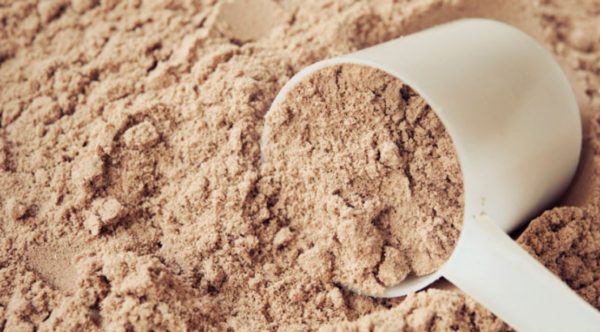“It’s an experiment. No one can tell you the long-term effects, and that’s what worries me as a physician. No one can tell you what the results are going to be in people’s bodies 10 or 15 years later.” ~ Dr. John E. Swartzberg, chairman of the editorial board of the University of California, Berkeley, Wellness Letter
We need protein in order to supply essential amino acids that our bodies cannot create on their own. Protein provides the foundation necessary to maintain healthy muscles, bones, skin, tissues, hormones and enzymes.
The daily average recommendations for protein intake are 46 grams for women and 56 grams for men. It doesn’t take much to get our daily value from whole foods; there are 44 grams of protein in one cup of chopped chicken, 20 grams in a cup of tofu or Greek yogurt, 18 grams in a cup of lentils or three eggs, 7.3 grams in half a cup of chickpeas, 8 grams in a cup of quinoa, 5-6 grams per ounce of nuts and a whopping 26 grams in a 2 cup serving of kidney beans.
Protein powders and supplements are fairly new inventions originating from animal products like whey and casein (byproducts of cheese manufacturing) as well as plant-based supplements derived from soy, rice, pea and hemp products.
Americans spent 6.6 billion on sports nutrition protein powders and other supplemental products last year, with retail sales projected to reach 9 billion in the U.S. by 2020, according to Euromonitor International.
A 2015 analysis of the 2007-2010 National Health and Nutrition Exam Survey found that the average man consumes about 100 grams a day. To date, there are no longitudinal studies that dictate how much protein is too much. We do know the effects of protein deficiency, which is common in teenage girls and older adults who are at risk of becoming malnourished and losing necessary muscle mass to thrive.
Some of the first supplemental protein products on the market (Boost and Ensure) were created specifically to nourish the elderly as well as support the health of professional athletes and women who are pregnant or breastfeeding.
Jim White, registered dietician and exercise physiologist who spoke on behalf of the Academy of Nutrition and Dietetics stated that there’s only so much protein the body can use and digest in a meal (about 20 to 40 grams).
“People think that if they fill up with protein, it will be a magic bullet, whether for weight loss or to get in better shape and build muscle – but that’s not proving to be true.”
Excess protein does not translate to more muscle mass, but it will fill you up and leave less room for other important foods such as whole grains, fruits and veggies.
Large population studies suggest “an association between habitual high protein intake and a heightened risk of diabetes.” High protein diets can also lead to kidney damage in those with unknown kidney disease. High protein intake, specifically animal protein can fuel certain cells to multiply faster, increasing the risk of heart disease and certain cancers. Another issue is that dietary supplements are loosely regulated. A 2010 Consumer Reports testing of 15 protein powders and drinks found arsenic, lead, cadmium and mercury in some of the products.
The moral of the story: know where your food is coming from, eat whole foods, and if you really need a boost, get it from natural sources like yogurt, beans and peanut butter. Cut out the powders, and remember, moderation is the key to health.
Read the full article here.
And, for a list of whole food protein sources, click here.
Comments are closed.



